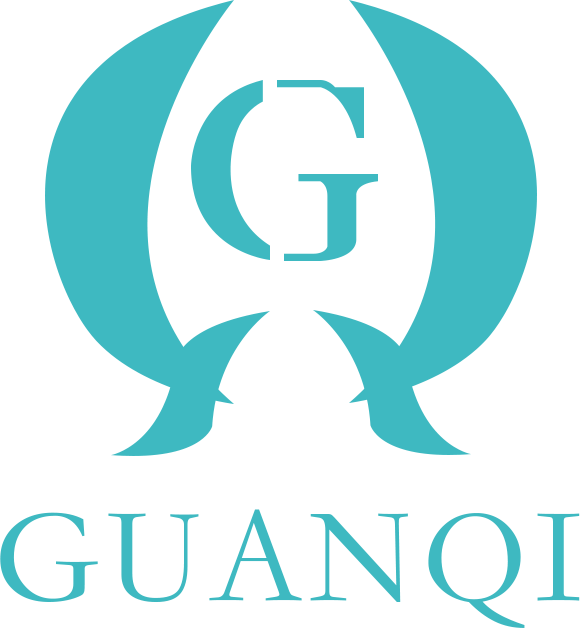Elevate Your Office Design with the Right Executive Table
2025-07-18
Elevate Your Office Design with the Right Executive Table
Table of Contents
- Understanding the Importance of an Executive Table
- Key Characteristics of an Ideal Executive Table
- Types of Executive Tables to Consider
- Choosing the Right Material for Your Executive Table
- How to Match Your Executive Table with Office Décor
- The Role of Ergonomics in Office Design
- Budgeting for Your Executive Table
- FAQs about Executive Tables
Understanding the Importance of an Executive Table
In a professional environment, the executive table is more than just a functional piece of furniture; it serves as a centerpiece of your office design. A well-chosen executive table can enhance productivity, promote organization, and embody the values and brand of your business. When clients or employees walk into your office, the first thing they notice is often your executive table, making it crucial to select one that aligns with your office's aesthetic and functional requirements.
Key Characteristics of an Ideal Executive Table
When selecting an executive table, consider several key characteristics to ensure you choose the right one for your workspace.
1. Size and Proportions
The size of your executive table should complement the dimensions of your office space. A table that is too large can overwhelm the room, while a smaller table may seem out of place. As a rule of thumb, ensure there’s enough room to move around comfortably.
2. Functionality
An executive table must cater to your work needs. Include features such as built-in storage, cable management systems, and sufficient surface space for laptops, documents, and other office essentials.
3. Style and Aesthetics
The table should reflect your personal style while aligning with the overall theme of your office. Whether modern, traditional, or a blend of styles, the executive table can accentuate the workspace.
4. Durability and Quality
Investing in high-quality materials ensures that your executive table withstands the rigors of daily use. Look for reputable brands that guarantee durability.
Types of Executive Tables to Consider
There are various types of executive tables available, each suited to different styles and functions. Here are some popular choices:
1. Traditional Wooden Executive Tables
These tables exude elegance and sophistication. Made from rich woods such as mahogany or oak, they are perfect for traditional office settings.
2. Modern Glass Executive Tables
Offering a sleek and contemporary look, glass tables can make an office feel more open and airy. They are ideal for showcasing creativity and innovation.
3. L-Shaped and U-Shaped Executive Tables
These designs provide ample workspace and can be customized to suit your specific needs. They are perfect for executives who require additional room for collaboration or multi-tasking.
4. Standing Executive Desks
With a growing focus on health and wellness in the workplace, standing desks have gained popularity. These tables promote better posture and can help reduce the risks associated with prolonged sitting.
Choosing the Right Material for Your Executive Table
The material used in your executive table impacts both its appearance and functionality. Here are the most common materials:
1. Wood
Wooden tables offer timeless elegance and warmth. They are often more durable and can be refinished to maintain their beauty over time.
2. Metal
Metal tables present a modern and industrial look. They are often lightweight yet sturdy, making them ideal for dynamic office environments.
3. Glass
Glass tables are visually appealing and can create a sense of openness in a room. However, they require regular cleaning to maintain their pristine appearance.
4. Composite Materials
These materials can mimic the appearance of wood or metal while being more affordable. They are often lightweight and easy to move.
How to Match Your Executive Table with Office Décor
To create a cohesive office design, align your executive table with other elements of your workspace. Here’s how to do it effectively:
1. Color Coordination
Choose colors that complement your office palette. Neutral tones are versatile, while bold colors can make a statement.
2. Style Consistency
Ensure that the style of your executive table matches other furniture pieces in the office, such as chairs, storage units, and decorative elements.
3. Use of Accessories
Incorporate desk accessories that enhance the functionality and aesthetics of the executive table. Items such as desk organizers, lamps, and decorative plants can add character.
4. Lighting Considerations
The right lighting can elevate your executive table’s presence. Natural light is ideal, but if that’s not possible, consider stylish desk lamps or overhead lighting that matches the table’s style.
The Role of Ergonomics in Office Design
Ergonomics play a significant role in office design, particularly with furniture like executive tables. Choosing an ergonomic table can enhance comfort and productivity. Here are some ergonomic tips:
1. Height Adjustability
Selecting a table with height adjustability allows you to customize it according to your personal comfort level.
2. Surface Space
A generous surface area can accommodate your materials while reducing clutter, promoting better organization and focus.
3. Chair Compatibility
Ensure that the executive table is compatible with your chair. The ideal arrangement allows your feet to rest flat on the floor while your elbows bend at a 90-degree angle.
Budgeting for Your Executive Table
When selecting an executive table, budget considerations are crucial. Here’s how to effectively manage your spending:
1. Research and Compare Prices
Invest time in researching various brands and models. Compare prices and features to ensure you get the best value for your investment.
2. Consider Long-Term Costs
Sometimes, spending more upfront for quality can save you money in the long run by avoiding frequent replacements.
3. Look for Sales and Discounts
Keep an eye out for seasonal sales or promotions. This can help you find high-quality executive tables at more affordable prices.
4. Prioritize Features
Decide what features are essential for your workspace and prioritize your spending accordingly. This will help you stick to your budget without sacrificing quality.
FAQs about Executive Tables
1. What should I consider when choosing an executive table?
Consider size, functionality, style, material, and durability to find the best executive table for your office needs.
2. How do I maintain my executive table?
Regular cleaning and polishing will keep your executive table looking pristine. For wooden tables, use specific wood cleaners, while glass tables require glass cleaner.
3. Are there eco-friendly options for executive tables?
Yes, many manufacturers offer eco-friendly executive tables made from sustainable materials and processes.
4. Can I customize my executive table?
Many retailers provide options for customization, allowing you to choose dimensions, materials, and finishes that suit your style.
5. How does an executive table impact office productivity?
A well-designed executive table can enhance organization, reduce clutter, and provide a comfortable workspace, all of which contribute to increased productivity.
Conclusion
Selecting the right executive table is a significant investment in your office design. By considering factors such as size, functionality, material, and ergonomics, you can elevate your workspace to new heights. The ideal executive table will not only serve its functional purpose but also reinforce your professional image. Take your time to evaluate options, ensuring that you pick a table that resonates with your style and meets your practical needs. Ultimately, the right executive table will transform your office into a space that promotes productivity and reflects your brand's identity.
Previous page
Previous page:
Recommended news








